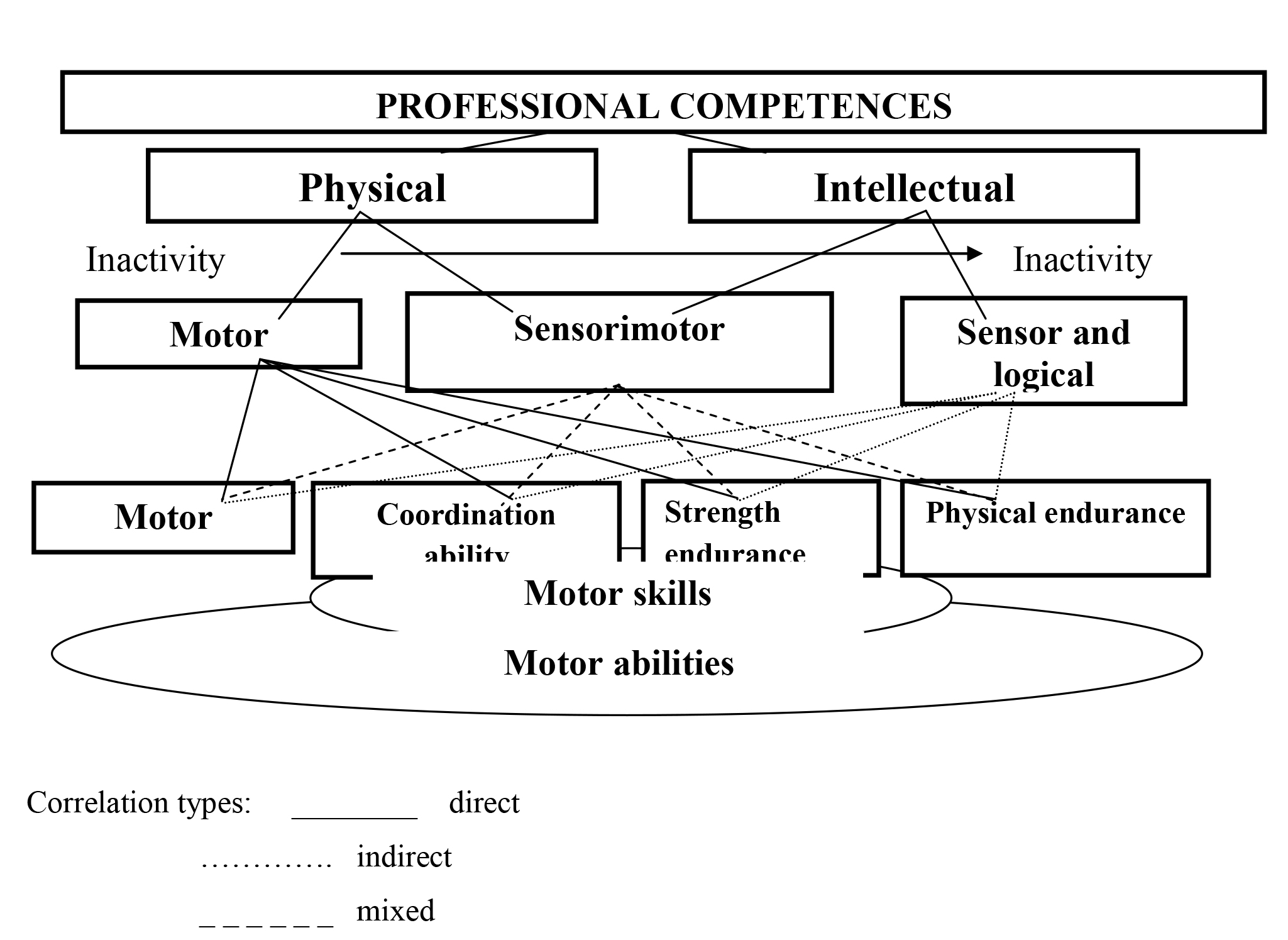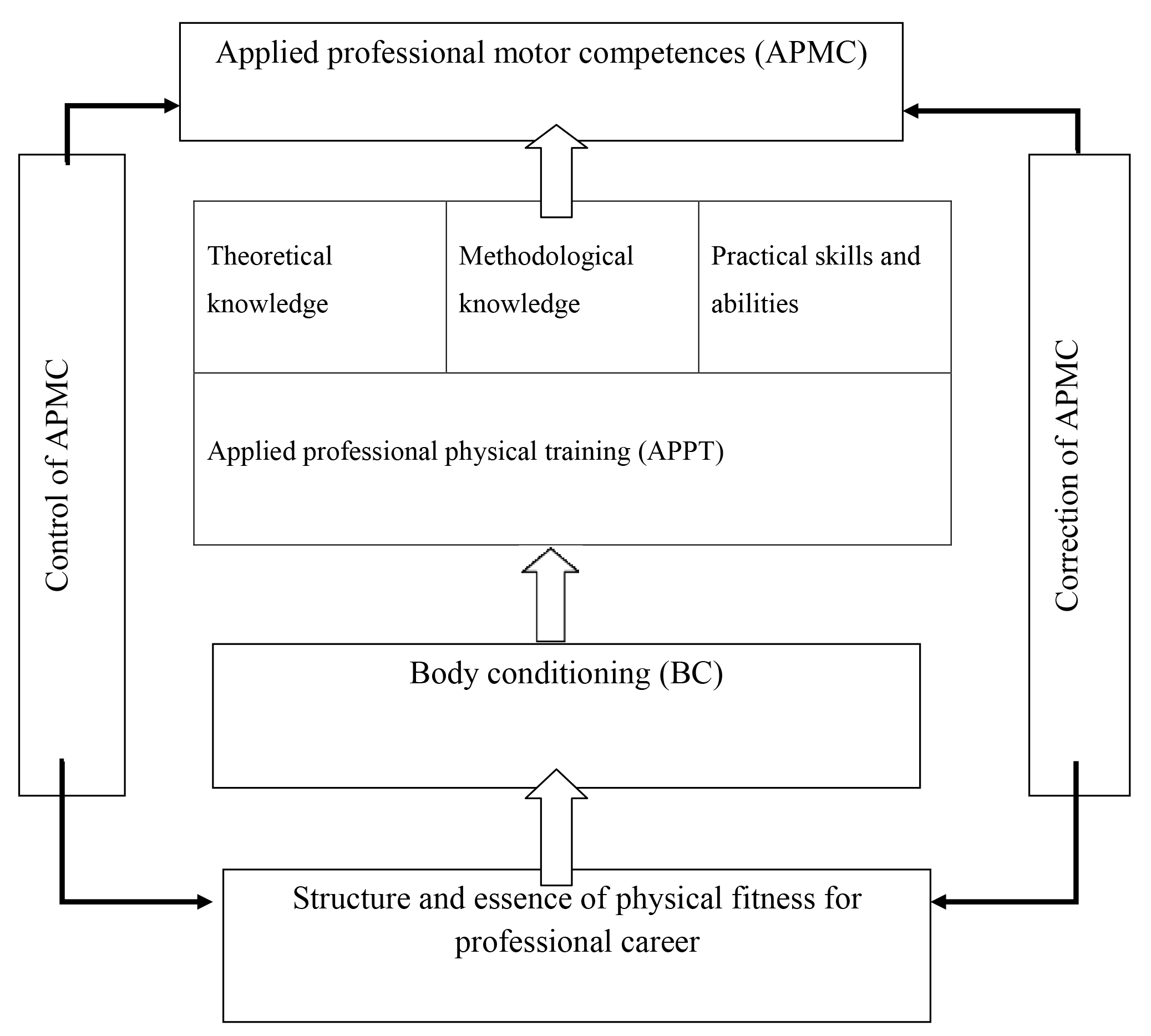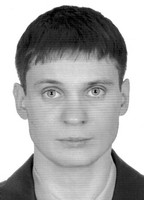Siberian Fire Rescue Academy of Russian SFS EMERCOM: applied professional physical competences building system
Фотографии:
ˑ:
PhD A.V. Ukolov1
Dr.Hab., Professor V.V. Ponomarev2
PhD D.V. Zhernakov1
PhD A.N. Lagunov1
1Siberian Fire and Rescue Academy of the State Fire Service of EMERCOM of Russia, Zheleznogorsk
2Siberian State Aerospace University named after Academician M.F. Reshetnev, Krasnoyarsk
Keywords: cadets’ physical fitness, applied professional physical competences, educational technologies, education process at Fire and Rescue Academy.
Background. Modern socio-economic and educational situations and challenges require the educational process missions and content being revised by the State Fire Service (SFS) of the EMERCOM of Russia. The education resource of the relevant educational establishments is to be spearheaded to design and implement modern educational competences building concepts and models to secure due integrated fitness of the Siberian Fire and Rescue Academy (SFRA) cadets for the challenges of their future professional careers [1, 2].
The professional applied physical competences of the SFS EMERCOM cadets are to be built up on the modern theoretical, methodological and practical knowledge and skills, the competences allowing them to fulfil, in the fastest, most selective and situation-responding manner, their missions and duties when rescuing people and protecting private and state-owned assets.
Objective of the study was to provide due theoretical grounds for the applied professional physical competences building model in application to the specialist training at Siberian Fire and Rescue Academy of the State Fire Service of EMERCOM of Russia and test the model benefits by an educational process experiment using an integrated approach.
Methods and structure of the study. Subject to the study were 100 cadets of Siberian Fire and Rescue Academy of the State Fire Service of EMERCOM of Russia in Zheleznogorsk of the Krasnoyarsk Territory. The study was performed in the period of 2014 till now in the following three stages: stage 1 (2014-2016) was the preliminary test stage; stage 2 (2016-2017) was the principal research stage; and stage 3 (2017-2018) was the final stage.
Study results and discussion. One of the study components was geared to develop the application training software including the applied physical competences building models piloted at Siberian Fire and Rescue Academy: see Figures 1 and 2 hereunder.

Figure 1. The SFS EMERCOM cadets’ basic applied professional competences building model

Figure 2. The SFS EMERCOM cadets’ basic applied professional motor competences building model design
The application training software designed on an integrative basis proved beneficial for the SFS EMERCOM cadets’ motor competences building process as verified by the Study Group cadets’ professional fitness rate growth by 18.3% (p<0.05); base physical qualities test rates (strength, speed and overall endurance rates) growth by 15.7% (p<0.05); and special qualities (coordination, balancing and speed) growth by 11.5% (p<0.05) on average.
Conclusion. The study findings give the grounds to recommend the proposed application training software in the applied professional competences building systems to be implemented in national fire service academies.
References
- Makarov A.V., Ukolov A.V., Ponomarev V.V. Nauchno-pedagogicheskie osnovy formirovaniya professionalno-prikladnoy fizicheskoy podgotovlennosti kursantov pozharno-spasatelnoy akademii podgotovki [Applied professional physical fitness training at fire-rescue academy: research and educational fundamentals]. Fizicheskaya kultura: vospitanie, obrazovanie, trenirovka, 2016, no. 4, pp. 77-79.
- Melnichuk A.A., Ponomarev V.V. Fizkulturno-sportivnaya deyatelnost studentov v vuze: teoreticheskie i prakticheskie osnovy [University physical education and sports activity of students: theoretical and practical basics]. Krasnoyarsk: SSTU publ., 2013, 172 p.
- Ukolov A.V., Zhernakov D.V., Slepov A.N., Artamonov V.S. Metodika fizicheskoy podgotovki v vuzakh GPS MChS Rossii [Physical training methodology for universities of the State Fire Service of EMERCOM of Russia]. Zheleznogorsk: Siberian Fire and Rescue Academy of the State Fire Service of EMERCOM of Russia publ., 2016, 124 p.
Corresponding author: kf.val.i.fk@mail.ru
Abstract
Presently the Ministry of the Russian Federation for Civil Defence, Emergencies and Elimination of Consequences of Natural Calamities (commonly referred to as the Ministry of Emergency Situations, (EMERCOM) faces a few challenges that require the State Fire Service (SFS) specialist education and training system being improved. The cadet’s education and training process at its affiliated Siberian Fire and Rescue Academy (SFRA) should be reformed to train a more versatile generation of specialists having professional competences and skills to act in more complicated situations in response to natural calamities, manmade disasters and the associating socio-economic hardships at the present challenging stage of social development and natural processes. The new specialist training system implemented at Fire and Rescue Academy is to be based on a new professional physical competences building concept making a special emphasis on the applied motor skills. Objective of the study was to provide due theoretical grounds for the applied professional physical competences building model in application to the specialist training at Siberian Fire and Rescue Academy of the State Fire Service of EMERCOM of Russia and test the model benefits by an educational process experiment. The pilot educational technology was found highly efficient as verified by the Study Group of the SFRA cadets’ progress in the applied physical competences, basic physical qualities (strength, speed and overall endurance) and special qualities (coordination, balancing skills and agility) building process.



